Contributed by Jeff Speich,Owner and consultant, Baumwerks Consulting 646-228-0480
Startling Impact: Did you know that emerald ash borer infestations have killed tens of millions of ash trees across North America, devastating local ecosystems and threatening the safety of community environments? Effective emerald ash borer management is no longer optional but an urgent necessity for camps like Camp Little Notch nestled in the Adirondacks in New York State and community forests striving to protect their natural heritage and public safety.
Startling Impact of Emerald Ash Borer on Ash Trees in Community Settings
The emerald ash borer (EAB), a highly destructive invasive beetle native to Asia, has wreaked havoc on ash trees throughout many regions, including community camps situated in forested areas. The pest’s larvae bore into the bark, disrupting nutrient flow and eventually killing the tree. The presence of EAB can transform healthy ash populations into hazardous liabilities, jeopardizing not only the ecological balance but also the safety of camp structures, trails, and visitors.
Community camps are uniquely vulnerable because ash trees often grow near cabins, trails, and communal spaces. Infestation leads to widespread tree death and increases the risk of falling limbs or entire tree failures, which can cause injury and damage. Sustained infestations without management can irreversibly alter camp landscapes and significantly increase maintenance costs.
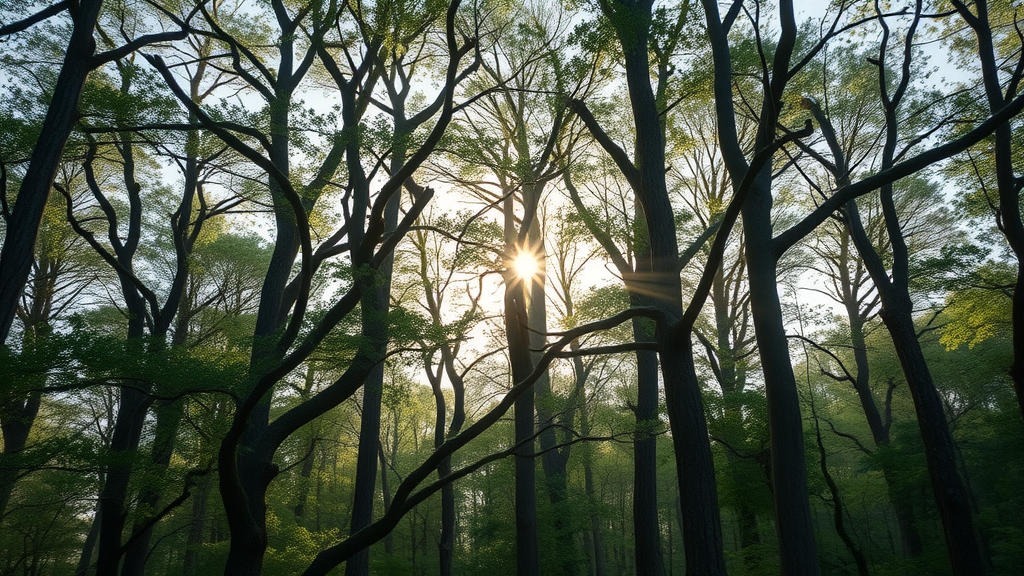
Understanding the Threat: What is Emerald Ash Borer?
The emerald ash borer is an invasive beetle approximately half an inch long, with a metallic green sheen. Its larvae tunnel beneath the bark of ash trees, disrupting water and nutrient movement within the tree. Once infested, ash trees typically die within 2 to 4 years if untreated. Since its accidental introduction in the early 2000s, the EAB has killed millions of ash trees and continues to expand its range.
Because EAB is difficult to detect early and damages trees from within, traditional visual checks require careful knowledge and expertise. Early infestations are often asymptomatic, and by the time large-scale damage is visible, the tree may be severely compromised or beyond saving. This highlights the importance of active monitoring and proactive emerald ash borer management .
Why Emerald Ash Borer Management is Critical for Camps and Community Forests
Community camps rely heavily on the natural environment, with trees playing critical roles in aesthetics, shade, habitat, and recreational value. Without effective emerald ash borer management, camps face:
Increased tree mortality leading to diminished forest cover
Heightened safety hazards near buildings and paths
Higher costs from emergency removals and damaged infrastructure
Loss of biodiversity and landscape quality
Implementing structured pest management protects both people and property while preserving the ecological benefits of ash trees. The challenge lies in creating a sustainable plan that balances forest health, visitor safety, and budget constraints.
Expert Overview: Jeff Speich of Baumwerks Consulting on Emerald Ash Borer Management
Jeff Speich, of Baumwerks Consulting, explains, "With emerald ash borer advancing, managing ash trees near buildings and trails is not just important, it’s essential for safety and sustainability in community camps."
Jeff Speich brings decades of forestry and arboricultural experience to the forefront of pest management in community settings. His holistic approach considers tree health assessment, hazard mitigation, and practical management strategies tailored for camp environments. According to Jeff, integrating community involvement and leveraging innovative methods like in-kind timber sale agreements significantly benefits camp sustainability efforts.
Assessing Ash Tree Health and Hazards in Camp Environments
Identifying Hazardous and Diseased Ash Trees
Effective emerald ash borer management begins with accurate tree health assessment. Identifying hazardous trees involves looking for symptoms like canopy dieback, bark splitting, epicormic shoots, and the distinctive D-shaped exit holes created by emerging beetles. Professional arborists conduct thorough inspections to differentiate between EAB damage and other health issues or mechanical injuries.
Jeff Speich emphasizes the importance of trained arborists in this process, stating, “Improper hazard identification can worsen risk rather than mitigate it.” Visual inspections, combined with tools such as tree coring and remote sensing, enable camps to map infestation severity and prioritize intervention areas.
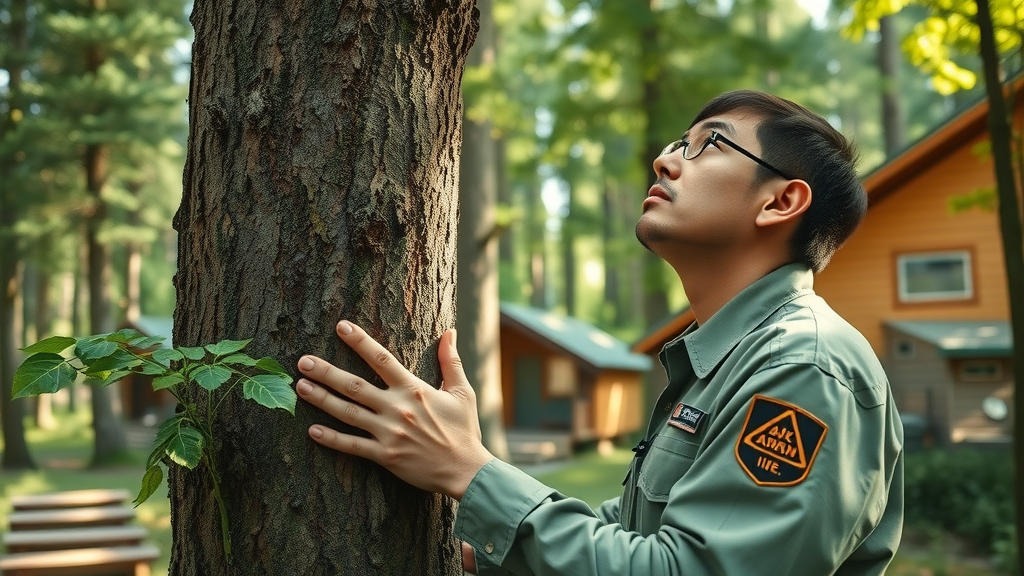
Common Mistakes in Tree Hazard Identification and How to Avoid Them
One frequent error in managing emerald ash borer is identifying hazardous trees without a structured plan for action. For example, marking trees with ribbons without scheduling removals can lead to liability if the trees subsequently fail. Additionally, misidentification or overlooking early symptoms delays treatment and increases infestation spread.
Jeff Speich advises camps to employ certified arborists for inspections and to create detailed work plans that include timelines for removals or treatments. Transparent communication with camp members is also essential to manage expectations and address concerns about tree removals or treatments.
Strategic Emerald Ash Borer Management Approaches for Camps
Timber Sales as a Tool for Pest Management and Forest Health
One innovative approach to managing emerald ash borer involves timber sales of infested or hazardous ash trees. Through careful planning, camps can generate revenue by selling ash timber, which simultaneously reduces pest habitat and eliminates risk.
Jeff Speich shares his experience with Camp Little Notch, where an in-kind timber sale agreement allowed the camp to receive extensive tree removal and road maintenance services in exchange for timber rights. This creative solution provided well over $60,000 worth of value without monetary exchange, effectively managing ash tree hazards and supporting forest health economically.
In-Kind Labor Agreements: Maximizing Value in Emerald Ash Borer Management
In-kind agreements involve exchanging services rather than cash, a strategy particularly useful for camps with limited budgets. By partnering with forestry contractors, camps can achieve extensive tree removals, excavation, and infrastructure repairs at considerable value. This approach allows for a comprehensive emerald ash borer management program without the financial burdens traditional contracts impose.

Insecticide Treatment Options for Emerald Ash Borer Control
Overview of Available Insecticide Treatments
While tree removal is effective for severely infested ash trees, insecticide treatments can prolong the life of high-value trees or those in less affected areas. Several systemic insecticides, such as emamectin benzoate and dinotefuran, are FDA-approved for EAB control.
These insecticides typically are injected directly into the tree’s vascular system, hindering the larvae's development and improving tree survival rates. Treatments require annual or biennial application, depending on the product and infestation intensity.
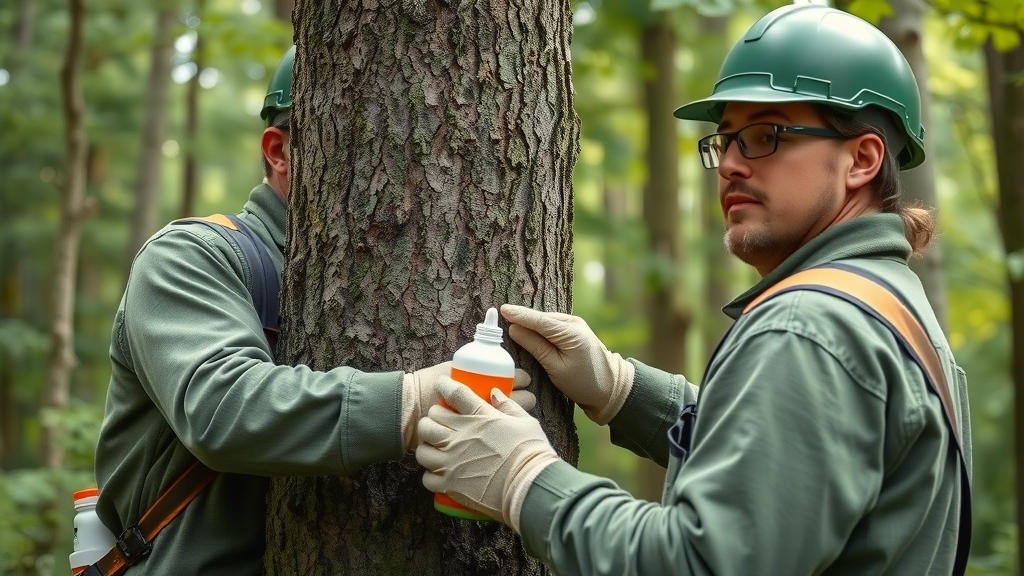
Best Practices for Applying Insecticide Treatments in Community Settings
To maximize efficacy and minimize environmental impact, insecticide treatments must be applied by licensed professionals following manufacturer instructions and safety protocols. Treatments should target early stages of infestation before severe decline occurs.
Jeff Speich recommends incorporating insecticide treatments within an integrated pest management plan, combining monitoring, hazard tree removal, and public education to optimize results:
Schedule treatments during growing seasons for best uptake.
Prioritize high-value and structurally important trees.
Communicate application schedules with camp staff and attendees.
Community Engagement and Overcoming Opposition to Emerald Ash Borer Management
Communicating the Importance of Pest Management to Camp Members
Managing emerald ash borer often requires public support, especially when timber sales or tree removals affect camp aesthetics or emotion. Effective communication is critical to success. Providing clear information on safety, forest health, and financial benefits can reduce resistance.
Jeff Speich notes, "While some members initially opposed timber sales, clear communication about safety and forest health helped gain widespread support."
Engaging the community through presentations, informational meetings, and ongoing dialogue empowers members and helps build trust in management decisions.
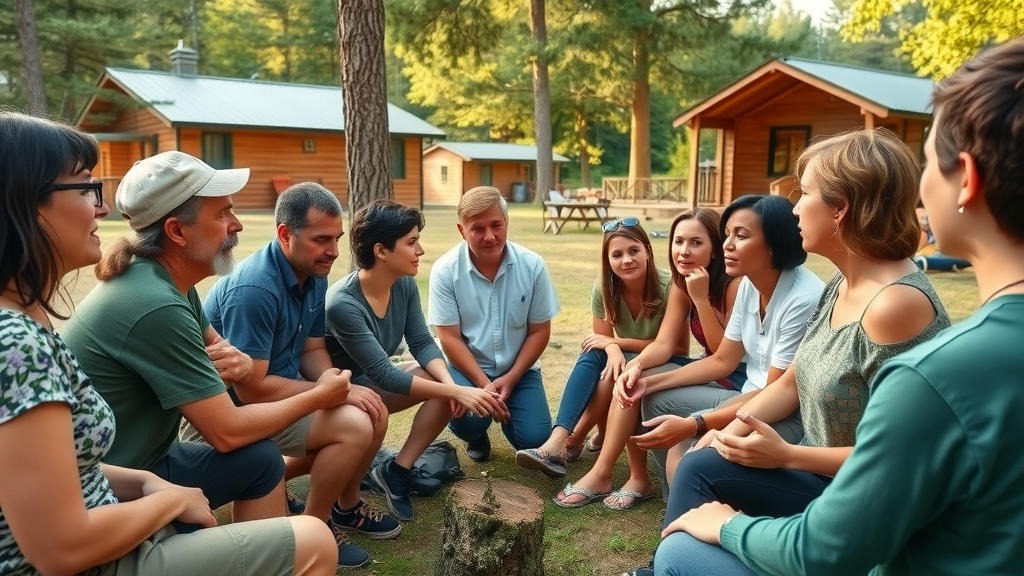
Frequently Asked Questions About Emerald Ash Borer Management
What is the best treatment for emerald ash borer?
The best treatment depends on infestation severity and tree value. For early or moderate infestations, systemic insecticides like emamectin benzoate injections are highly effective. For heavily infested or hazardous trees, removal is the safest option.
What should you do if you see an emerald ash borer?
Report sightings to local forestry or extension services. Avoid moving infested wood to prevent spreading the pest. Monitor nearby ash trees closely for symptoms and consult an arborist for assessment.
Can a tree with an emerald ash borer be saved?
Trees in early infestation stages can often be saved through insecticide treatments and proper care. Severely damaged trees generally cannot be saved safely and should be removed to prevent hazards.
What time of year should I treat my emerald ash borer?
Insecticide treatments are most effective during the growing season, typically late spring to early summer, when the tree's uptake is highest and beetle larvae are actively feeding.
Conclusion: Effective Emerald Ash Borer Management Protects Community Camps and Forests
Emerald ash borer threatens both the ecological integrity and safety of community camps, making emerald ash borer management an essential component of camp stewardship. Through expert assessment, innovative management such as timber sales combined with in-kind labor agreements and insecticide applications, camps can mitigate damage while sustaining vital green spaces.
Continued community education and involvement are critical to sustaining support for these necessary measures. As Jeff Speich of Baumwerks Consulting highlights, proactive, informed management strengthens both the health of ash populations and the overall camp environment.
Next Steps for Camp Managers and Arborists
Conduct regular ash tree health inspections with certified arborists.
Develop a comprehensive emerald ash borer management plan combining removals, treatments, and monitoring.
Engage community members with transparent communication and education.
Explore innovative partnerships such as in-kind timber sale agreements.
Call to Action
Contact Baumwerks Consulting for expert emerald ash borer management advice.
Subscribe to Tree Guardian News for the latest updates on pest management.
Implement a proactive emerald ash borer management plan for your community camp today.
 Add Row
Add Row  Add
Add 

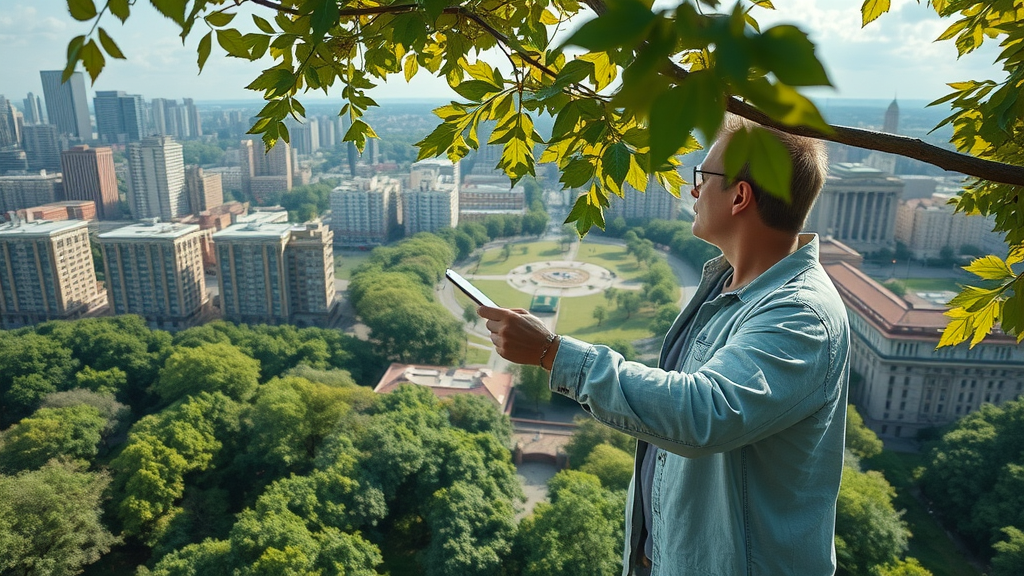


Write A Comment